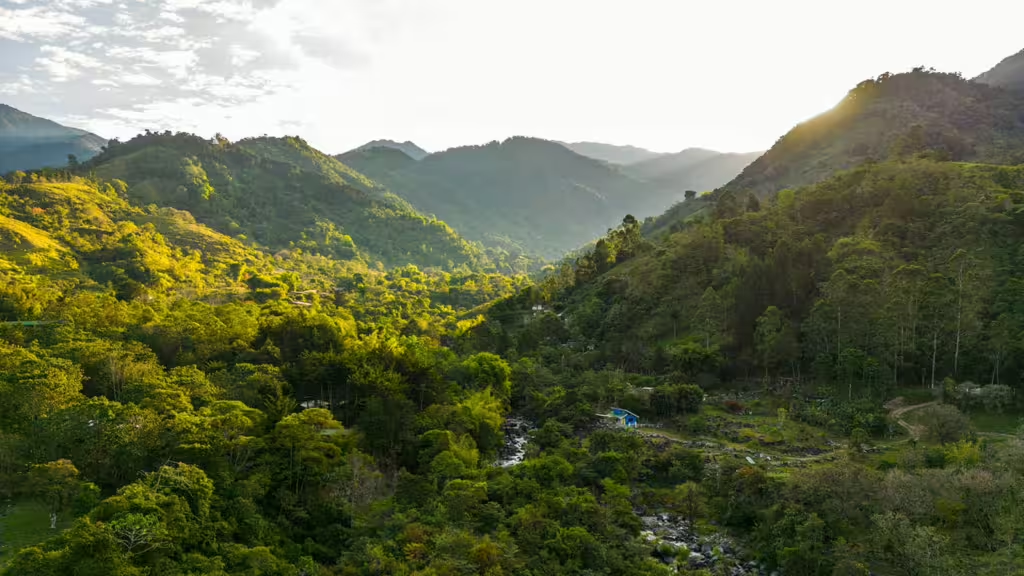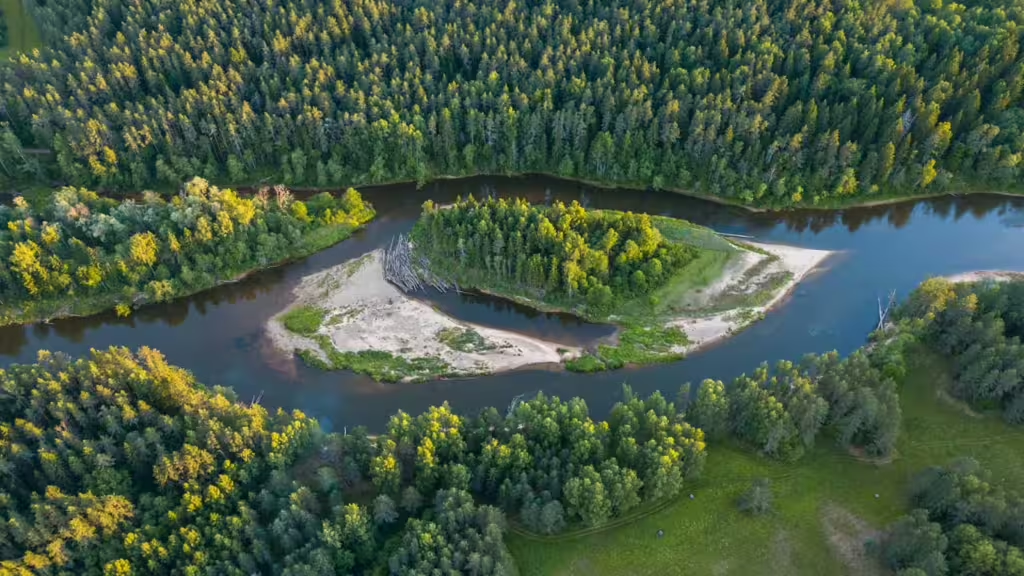Authors
Giulia Carbone, Nature for Climate Director at WBCSD
The voluntary carbon market (VCM) today is not the market it was two or three years ago.
Over the past few years (and especially through the work of standards bodies, project developers, indigenous leaders, and climate finance actors) this space has undergone a serious and deep transformation. Issues of quality, governance, and transparency that once stalled progress are now being addressed head-on. The result is a market that’s not just more secure and investable, but more aligned with the values and safeguards that climate, nature and equity goals demand.
At London Climate Action Week, the Natural Climate Solutions Alliance brought together businesses, investors, Indigenous Peoples representatives, and civil society voices to take stock of where the VCM stands and where it must go next. What emerged was a shared sense that we are entering a new era: one shaped not just by technical improvements or new standards, but by deeper shifts in responsibility, trust, and ambition.
For businesses still watching from the sidelines, this moment calls for a closer look. Here are four signals from our conversations that suggest why and how to engage:
1. A new risk equation is emerging; and it’s overdue
In the last few years, companies who chose to invest in the VCM often shouldered more risk than those who took no action at all. That imbalance must change.
Today’s market is developing tools to share risk more equitably: from long-term offtake agreements and insurance, to better pricing mechanisms that reflect true project costs. But more importantly, the narrative is shifting: responsible action should be de-risked and rewarded (not penalized).
Avoiding participation is no longer the safer path. Inaction creates exposure to policy gaps, reputational damage, and missed opportunity. Engagement, when done with care and credibility, is becoming a sign of foresight, not liability.
2. Integrity is built on trust; and trust is built on transparency
Businesses have long cited technical uncertainty (in measurement, reporting, and verification (MRV)) as a barrier to scaling investment. That concern is being addressed head-on.
What’s emerging is a new generation of standards, methodologies, and technologies that are both more consistent and more open. But it’s not just about remote sensing or automation. It’s about balancing innovation with on-the-ground insight, and building systems that reflect reality.
More standardized and transparent approaches to data, risk, and uncertainty are essential. And when paired with clear rules on claims, aligned policies, and a trusted ecosystem of integrity standards, these reforms can unlock the finance needed to scale action.
3. Local and Indigenous communities should not be considered stakeholders or beneficiaries; they are central partners
The success of any nature-based carbon project hinges on the leadership of those who live with and care for the land. The market is shifting toward recognizing this not as an add-on, but as foundational.
That means respecting Free, Prior, and Informed Consent (FPIC), securing fair and transparent revenue-sharing, and honoring cultural governance and local knowledge. These aren’t just ethical standards; they are practical requirements for long-term, high-integrity outcomes.
These are not just ethical imperatives, they are practical foundations. Without strong local partnerships, projects are less likely to deliver durable carbon outcomes. In this new era, businesses must ask not just how much carbon, but how was it achieved, and with whom?
4. There is real hope (and work!) ahead
The voluntary carbon market is not perfect. But the direction of travel is promising. From centering communities, to correcting risk incentives, to maturing standards. The scaffolding of a more credible, effective, and just market is taking shape. This is a moment for businesses to engage not because they’re obligated to, but because they see the opportunity to contribute to something bigger. The VCM is becoming a lever not just for addressing the company’s own remaining or residual emissions, but for investing in real, systems-level transformation.
The road ahead is still under construction. But it’s one worth walking together.
There is real hope and work ahead.
Outline
Related
Content

The top five business reasons to invest in Natural Climate Solutions
27 September, 2024

Interview with Bayer: lessons learned when buying nature-based carbon credits
5 August, 2024

Exploring the landscape of conservation: An exclusive interview with Fauna & Flora’s Zoe Quiroz-Cullen on Natural Climate Solutions
30 April, 2024
